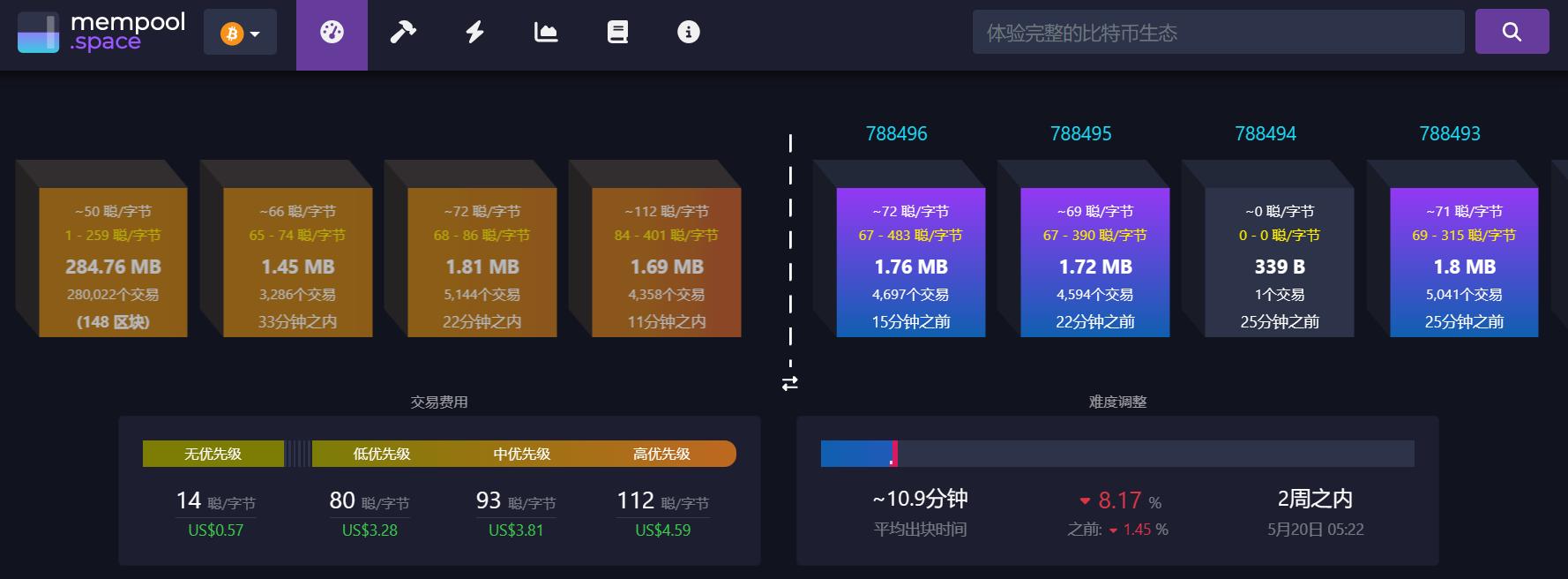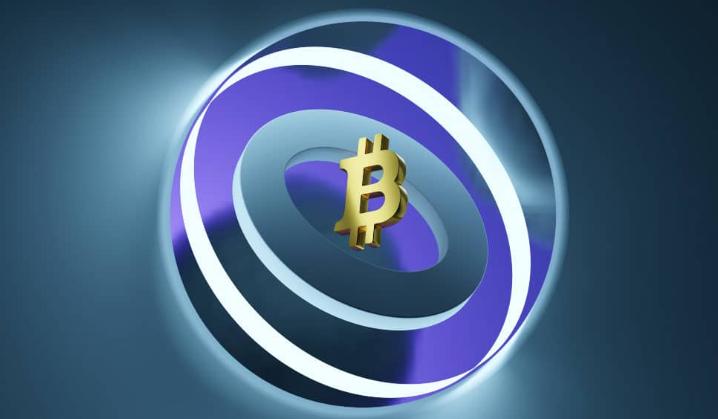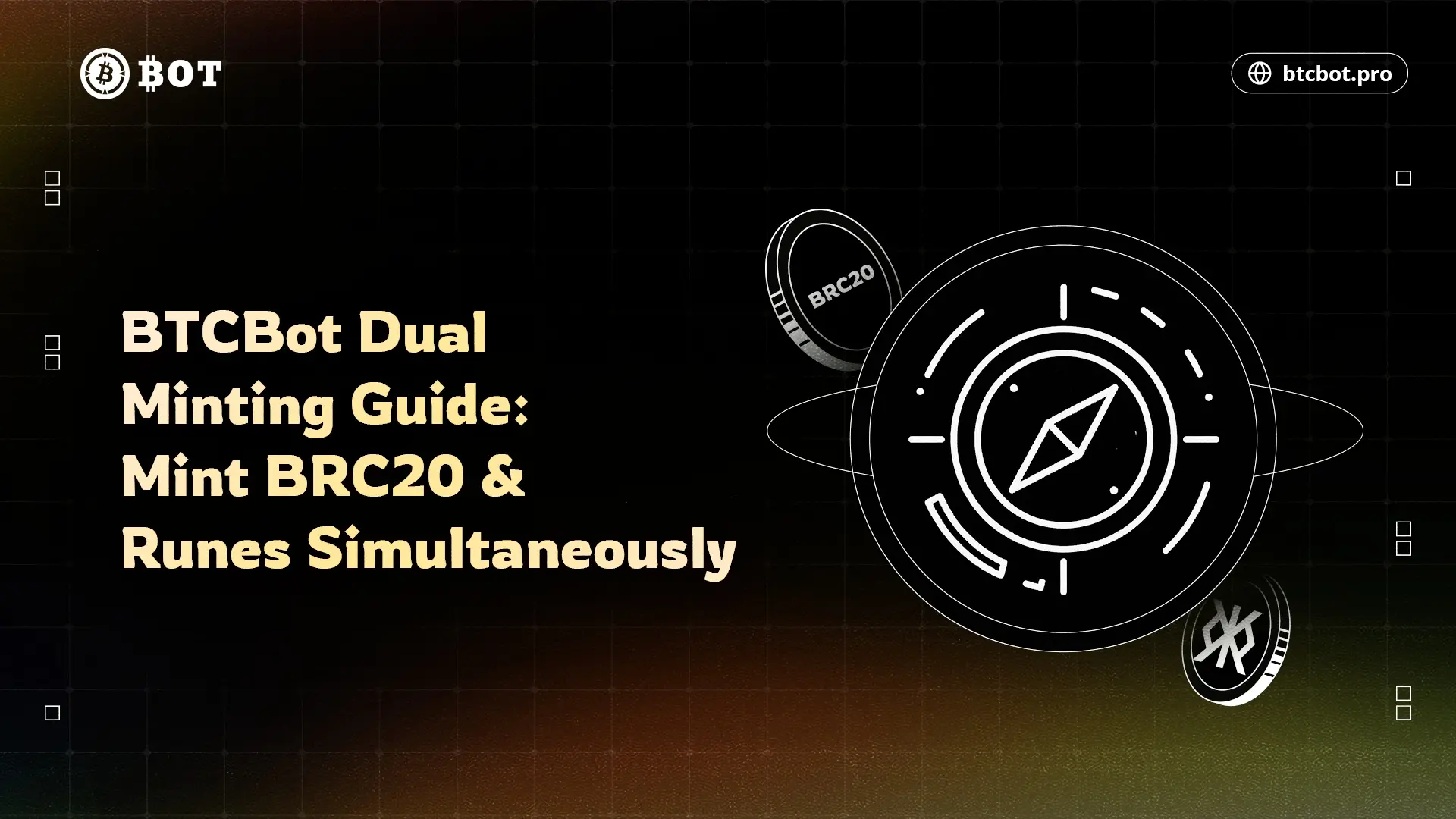Is there still a chance to participate in BRC20 token launches? A detailed explanation of the principles, features, and participation methods of BRC20
Author: Xiyou, ChainCatcher
Today, the news that "BRC20 token Ordi price breaks $10, market cap exceeds $200 million" is circulating in various communities. This token was launched on March 9, and initially, it was free; users only needed to pay the on-chain minting gas fee to obtain a large number of ordi tokens. Assuming a user minted 1,000 ordi at the beginning of the issuance, it is now worth nearly $10 million.
Compared to grabbing airdrops, the myth of wealth creation through BRC20 tokens is much easier. Users do not need to participate in the on-chain operational competition, nor do they need to worry about meeting stringent conditions; they just need to mint at the earliest opportunity when the token is issued. Even during the early days when the Bitcoin chain was not congested, the on-chain gas fee cost was only a few dollars to participate.
With the continuous surge in coin prices and the wealth stories of minting BRC20 tokens as a catalyst, BRC20 has now become a new narrative in the crypto market, attracting a large number of users.
On May 5, crypto KOL Plan B posted a poll about BRC20 on Twitter; Element's founder Wang Feng stated on social media that Element will develop a BRC20 inscription token and NFT trading market supporting Bitcoin Ordinals for community users. Today, Huobi announced that the BRC20 token ordi won first place in the fifth round of the voting listing event with a total of 23.91 million votes. Once the relevant standards reach industry consensus, spot trading for ordi will be launched immediately, with the second place being BRC20's PEPE. Subsequently, OKX tweeted that it is accelerating the analysis of BRC20 and promoting wallet support for trading ordi.
It is evident that BRC20 is becoming a new track that users, project parties, and CEXs are competing to lay out. So, what exactly is BRC20? As ordinary users, how can we participate in this new wealth code? What risks will we face?
What is BRC20? How to mint BRC20 tokens?
BRC20 is an experimental format standard for issuing fungible tokens on the Bitcoin network, created by Twitter user @domodata on March 8, 2023, based on the Ordinal protocol. Similar to Ethereum's ERC20 standard, it specifies the name, issuance amount, transfer, and other functions of tokens issued on Ethereum, and all token contracts developed based on Ethereum comply with this standard.
The main difference between BRC20 and ERC20 is that the Bitcoin network does not support smart contracts. It deploys token contracts, mints, and transfers tokens by utilizing the Ordinal protocol to set inscriptions as JSON data format, meaning developers can create and issue fungible tokens through the Ordinal protocol.
What is Ordinal?
Ordinal was proposed in January this year as a system for numbering the smallest unit of Bitcoin, satoshis (sats).
1 BTC = 100 million sats; originally, each unit of satoshi was the same, meaning that 1 BTC held by Xiao Ming is the same as 1 BTC held by Xiao Lan.
Through Ordinals, these sats can be arranged in a certain order and assigned a specific ordinal number, meaning the Ordinals protocol assigns a unique number to each sat. This gives each sat uniqueness, and this identifier will support users in tracking each sat on the blockchain. When users attach specific information, such as images, text, code, etc., to this sat, it makes each sat unique, which is what is referred to as Bitcoin NFTs. The attached information is called "inscriptions," and the process of attaching information to the sat is called "inscribing," meaning to engrave the "inscription" onto the sat.
User @domodata believes that the Ordinals protocol can be used not only to issue NFTs but also to issue fungible tokens. When the attached information (inscription) is added according to a unified protocol standard (JSON data format), it can become the fungible token BRC20. In simple terms, BRC20 can be understood as a mutated Ordinals NFT, where the inscription on the NFT is an image, while the inscription on BRC20 is uniform JSON formatted text data. In BRC20, the inscription also serves as the ledger for BRC20 tokens, tracking each transfer of the token.
BRC20 provides three standards for issuing tokens on the Bitcoin network, including deployment, minting, and transfer of BRC20 tokens. Developers can complete the creation and issuance of BRC20 tokens by following this standard.
Along with the release of the BRC20 standard, @domodata launched the first BRC20 experimental token ordi, with a total issuance of 21 million. In the early days, users only needed to pay the on-chain gas fee to mint. Now, users can only purchase it on the secondary market, currently priced at $10, with a market cap of $210 million. However, @domodata also reminds users that this is just a standard implementation and has no investment value.
For creating the ORDI token, users only need to input the code shown below to create the token.

This image shows the JSON data text input for deploying the ordi token, with a total issuance of 21 million and a maximum minting limit of 1,000 at a time. Users can change the field after "op" to represent the operation being executed: Deploy indicates token deployment, Mint indicates token minting, and Transfer indicates token transfer; "tick" indicates the name of the token being executed, and users can input the name of the token they wish to execute.

Three contract standards of BRC20
Currently, anyone can deploy BRC20 tokens. It is important to note that the name of the deployed BRC20 token only supports 4-character inputs (English punctuation, letters, numbers) and is case-insensitive (DOGE=doge); it operates on a first-come, first-served basis, meaning if the ordi token already exists, no further tokens can be deployed with that name.
Users can now perform token deployment, trading, and other operations through third-party tools. Currently, the main tool for related activities is the Unisat wallet.
How to issue a BRC20 token?
- Users need to install the Unisat wallet (https://unisat.io/) and select the "m/86'/0'/0'/0/0" format when setting up the wallet, which supports receiving NFTs and BRC20 tokens;
- Withdraw BTC from a CEX to the Unisat address, which starts with bc1p;
- Click inscribe (indicating that the issued token's inscription will be engraved onto the sat), select BRC20;
- Select Deploy (deployment), fill in the desired token name, issuance quantity, and minting limit per transaction;
- Submit and pay the gas fee;

How to purchase a BRC20?
Purchasing BRC20 tokens can be divided into two situations: including new coins that have not yet been fully minted and tokens that have already been minted.
Regarding new coins that have not yet been fully minted, users do not need to purchase; they just need to pay the on-chain gas fee to mint.
Specific execution steps: Users use Unisat to click inscribe, select BRC20 ------ select Mint, input the token name, choose the number of mints to submit, and pay the on-chain gas fee.

It is important to note that when paying the on-chain gas fee during minting, users often need to pay a higher fee than what is displayed during peak times; otherwise, the gas fee may be paid, but the minting will ultimately fail. This is because Bitcoin network miners prioritize transactions based on gas fees, and higher gas fees have a greater chance of being selected for packaging.
Specific gas fees can be referenced at: https://mempool.space/

For tokens that have already been minted, if users choose to continue executing the mint function, the resulting tokens will be invalid.
Users currently need to purchase the corresponding tokens through peer-to-peer OTC trading, mainly in two ways: one is to privately find a third-party escrow for trading, which can easily encounter scams, such as receiving money without sending tokens or sending fake tokens; the other is to go to a dedicated trading platform for order trading, such as UniSat's Marketplace. This trading market is similar to an NFT trading platform, where sellers will list the quantity and price of BRC20 tokens they wish to sell, and buyers must purchase all tokens listed in the seller's order at once, without the option to choose the quantity they wish to trade.

However, first-time users of Unisat's trading market have a threshold; they must either be early OG users of Unisat or have 20 Unisat points.

How to obtain 20 Unisat points? Users need to use Unisat's mint function (also known as minting inscriptions); minting one counts as one point, requiring 20 mints to obtain 20 points. Based on the current Bitcoin network gas fees, minting 20 will cost approximately $160. In other words, users need to pay around $160 in sats before doing anything to enter the Unisat trading market, which is why BRC20 tokens limit some users from participating.
Additionally, on the Unisat website, users can view the deployment time of BRC20 tokens, mint completion status, the number of wallet addresses holding them, and the number of completed transactions. The more wallet addresses holding the tokens, the more users have purchased them.
BRC20 Token Representation
Ordi ------ is the first BRC20 token issued by @domodata, launched on March 9, with a total issuance of 21 million, currently priced at $10, with 5,261 holding addresses and 62,936 transactions.
Nals ------ comes from a meme; Nals combined with ordi is the full name of the ordinals protocol. This token was launched on March 10 and was not fully minted until May 1, with a total issuance of 21 million, currently priced at $0.9, with 1,385 holding addresses and 39,546 transactions.
PIZA ------ total issuance of 21 million, priced at $0.43.
Meme ------ total issuance of 99,999, currently priced at $91.
PEPE ------ comes from the ERC20 token meme coin, currently priced at $0.68, with a total issuance of 42.096 million.
What are the related tools for BRC20?
Third-party BRC20 token minting platforms ------ Idclub; Looksordina; Unisat, etc., with different transaction fees among them.
BRC-20_io ------ a data platform to view BRC-20 token prices and market cap.
Unisat ------ a wallet and trading market for BRC-20 tokens.
Ordiscan ------ an ordinal browser to view BRC20 trading situations, inscriptions, and collections addresses.
Ordspace ------ a data statistics platform for BRC-20 and ordinal NFTs, where users can view BRC20 market cap and prices.
BRC20 is mostly meme coins, purchase with caution
According to the BRC20.io website, as of May 6, 13,083 types of BRC20 tokens have been issued, with a total market cap of $280 million and a trading volume of approximately $4.27 million in the last 24 hours.

Additionally, from the existing BRC20 tokens, apart from the first ordi token, the tokens with higher market caps are all meme coins, such as MEME, PEPE, PIZA, which are mainly speculative in nature and do not have real value behind them. Moreover, in terms of the number of holders, the largest market cap ordi token has only 5,261 holders, indicating that the current number of BRC20 players is quite niche, and the liquidity of the tokens is relatively poor, with most being priced but not traded.
The reason BRC20 is favored by users is mainly that the issuance method of BRC20 tokens is relatively fair and just, treating all minting users equally, and project parties cannot reserve or issue additional tokens. Even the issuers must mint BRC20 tokens like ordinary users at the time of issuance, truly achieving equal participation for everyone in the ecosystem.
However, it should be noted that currently, BRC20 tokens are merely tokens, and where they will ultimately go and what applications they will have remains unknown.
Because most BRC20 projects are low-quality and the tokens have no value or application scenarios, BRC20 has faced opposition from original Bitcoin community users, who believe that this merely increases congestion on the Bitcoin network and does not benefit Bitcoin.
However, some users believe that this adds new application scenarios to the Bitcoin network and attracts a new wave of enthusiastic users and developers to join the Bitcoin community, increasing the demand for BTC, which is beneficial for BTC price appreciation, as users need to use sats to pay for any BRC20 tokens they purchase on-chain.
From the current results, the emergence of BRC20 is most beneficial to miners, bringing them huge income. The Block data shows that the transaction volume on the Bitcoin blockchain jumped from $499.34 million in February to $689.68 million in March, with Bitcoin miners' income in March reaching at least $718 million, the highest since May 2022.
In addition to BRC20, ORC20 and LTC20 tokens have also emerged.
ORC20 ------ is an upgraded version of BRC20, allowing changes to the initial supply and maximum minting amount; there is no fixed character limit for token naming (BRC20 tokens only support 4 characters); it allows users to cancel transactions; additionally, ORC20 tokens have mandatory royalties, meaning holding or trading ORC20 tokens requires paying royalties, similar to NFTs.
LTC20 ------ is a proposed LTC-20 token experimental standard developed by the Litecoin community, modeled after BRC20, built on the Litecoin Ordinals protocol.
However, from the current community interest level, the enthusiasm for ORC20 and LTC20 is only at the initial launch stage, and their tokens have not gained the same popularity as BRC20 tokens.










